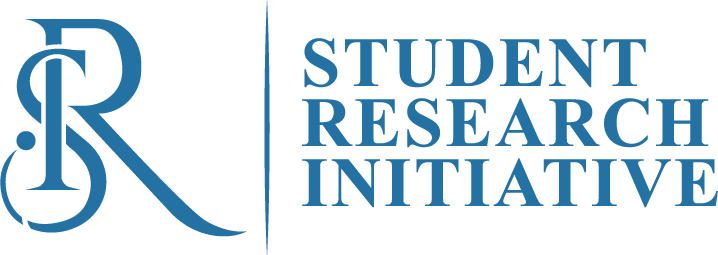Data Analysis
Data Analysis: Unlocking Insights from Your Research
Data analysis is a crucial step in the research process, transforming raw data into meaningful insights that can inform decisions, support hypotheses, and contribute to our understanding of complex issues. This guide will introduce you to the various methods and techniques used in data analysis, their applications, and best practices to ensure accurate and reliable results.
Types of Data Analysis
Descriptive Analysis
- Purpose: Describes the main features of a dataset, providing summaries and basic patterns.
- Techniques: Measures of central tendency (mean, median, mode), measures of dispersion (range, variance, standard deviation), and frequency distributions.
- Applications: Used in initial stages of research to get a sense of the data and in reporting basic statistics.
Inferential Analysis
- Purpose: Makes inferences about a population based on a sample of data, allowing researchers to draw conclusions and make predictions.
- Techniques: Hypothesis testing (t-tests, chi-square tests), confidence intervals, regression analysis, and ANOVA (analysis of variance).
- Applications: Commonly used in experimental research, surveys, and studies aiming to generalize findings to a larger population.
Exploratory Analysis
- Purpose: Investigates data to find patterns, relationships, and anomalies without having a predetermined hypothesis.
- Techniques: Data mining, clustering, principal component analysis (PCA), and exploratory factor analysis (EFA).
- Applications: Useful in fields like marketing, bioinformatics, and social sciences to discover new insights and generate hypotheses.
Predictive Analysis
- Purpose: Uses historical data to make predictions about future events or outcomes.
- Techniques: Machine learning algorithms (decision trees, neural networks, support vector machines), time series analysis, and logistic regression.
- Applications: Widely used in finance, healthcare, and marketing for forecasting and risk assessment.
Qualitative Analysis
- Purpose: Analyzes non-numerical data to understand concepts, opinions, or experiences.
- Techniques: Thematic analysis, content analysis, narrative analysis, and grounded theory.
- Applications: Common in social sciences, education, and health research to interpret complex phenomena.
Steps in Data Analysis
Data Cleaning and Preparation
- Description: Before analyzing data, it must be cleaned and prepared to ensure accuracy and completeness. This involves handling missing values, removing duplicates, correcting errors, and formatting data consistently.
- Best Practices:
- Use software tools (e.g., Excel, Python, R) for efficient data cleaning.
- Document all cleaning procedures to maintain transparency.
- Address outliers appropriately to avoid skewing results.
Data Exploration
- Description: Exploring data involves examining its structure, distributions, and any apparent patterns or anomalies. This step helps in understanding the dataset and planning further analysis.
- Best Practices:
- Use visualizations (e.g., histograms, scatter plots) to identify trends and outliers.
- Summarize key statistics to get an overview of the data.
- Consider segmenting data to analyze subsets separately.
- Applying Statistical Methods
Description: Depending on the research question, various statistical methods are applied to analyze the data. This can include descriptive, inferential, exploratory, and predictive techniques. - Best Practices:
- Choose appropriate methods based on the data type and research objectives.
- Ensure assumptions of statistical tests are met to avoid invalid results.
- Use statistical software (e.g., SPSS, SAS, Stata) for accurate analysis
Interpreting Results
- Description: Interpreting results involves making sense of the analyzed data and understanding what the findings mean in the context of the research question.
Best Practices: - Relate findings back to the original hypothesis or research question.
- Consider the practical significance of the results, not just statistical significance.
- Be mindful of limitations and potential biases in the data and analysis.
Reporting Findings
- Description: The final step is to present the findings in a clear and concise manner, using appropriate formats such as reports, presentations, or academic papers.
- Best Practices:
- Use visual aids (charts, graphs) to enhance understanding.
- Provide a balanced view by discussing both significant and non-significant results.
- Ensure transparency by including methodology, data sources, and any assumptions made during analysis.
Conclusion
Data analysis is a multifaceted process that turns raw data into actionable insights. By understanding and applying the appropriate techniques, researchers can extract valuable information that supports their hypotheses and informs decision-making. Whether you are conducting descriptive, inferential, exploratory, predictive, or qualitative analysis, following best practices in data preparation, exploration, application, interpretation, and reporting will help ensure the accuracy and reliability of your findings. Embrace the power of data analysis to unlock new knowledge and drive innovation in your field.
